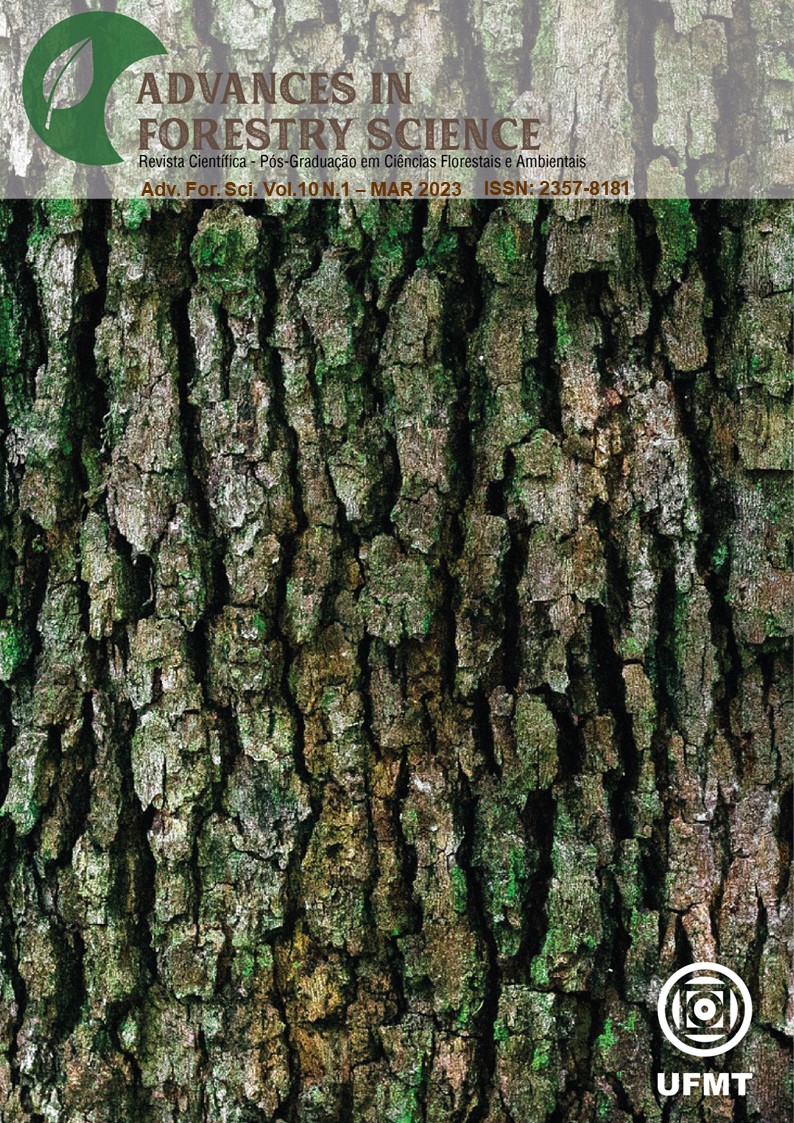Diagnosis of the wooden sector in Boa Vista - RR
DOI:
https://doi.org/10.34062/afs.v10i1.14160Abstract
The objective was to characterize the timber sector of Boa Vista - RR, to provide information that can guide public policies for the sector. Eighteen loggers (17 loggers / points of sale; 01 sawmill) were submitted to the questionnaire. As for the time of experience in the wood market, it is noted that 50% of the companies had between 6 to 24 months of activity in the market and there were 6 enterprises with 120 months or more of experience. All companies originated in the municipality itself. 39% of the companies obtain their raw material from clear cut and forest management and 33% only from clear cut, from the municipalities of Rorainópolis and Caracaraí. 55% of the wood is sold in the municipality itself, the remainder going to the municipalities of Alto Alegre, Bonfim, Pacaraima and Cantá. The sawmill sells to Bahia, Rio de Janeiro, São Paulo, Sergipe and Paraíba. 22 species are traded, including Goupia glabra (23%), Dinizia excelsa (21%) and Erisma fuscum (16%), which represent 60% of the species traded. The average volume unfolded in the sawmill was above 8 m³ / day, with emphasis on Manilkara huberi (2,857 m³/day), Dinizia excelsa (1.923 m³/day), Goupia glabra (1.667 m³/day) and Hymenolobium excelsum (1.589 m³/day), the other companies obtain the wood unfolded. As for wood storage, 94% is stored in covered sheds and 6% outdoors.
Downloads
Downloads
Published
Issue
Section
License
All copyright must be assigned to the Federal University of Mato Grosso.

